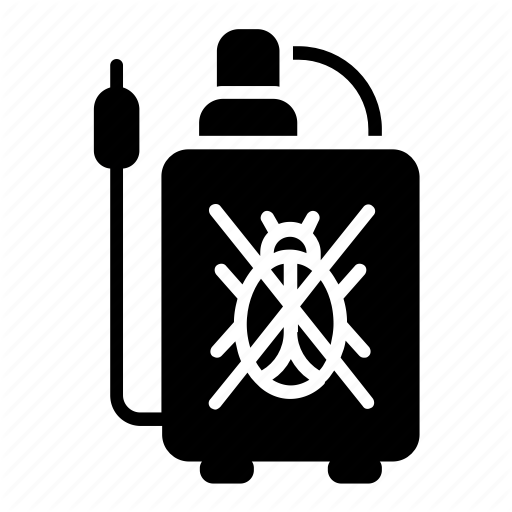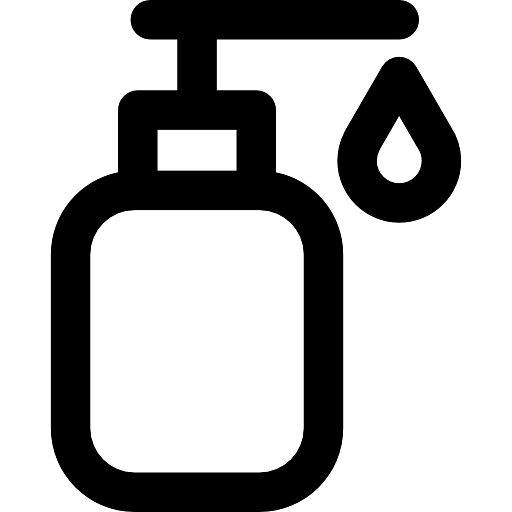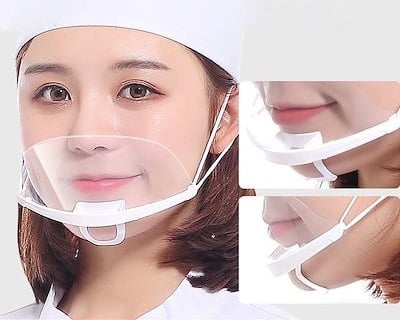During the COVID-19 pandemic, face masks have been employed as a public and personal health control measure against the spread of SARS-CoV-2. Their use is intended as personal protection to prevent infection and as source control to limit transmission of the virus in community and healthcare settings.
The use of face masks or coverings by the general public has been recommended by health officials to minimize the risk of transmissions, with authorities either requiring their use in certain settings, such as on public transport and in shops, or universally in public. Health officials have advised that medical-grade face masks, such as respirators, should be prioritized for use by healthcare workers in view of critical shortages and widely recommend cloth masks for the general public. Early in the pandemic, public health messaging about masking often offered inconsistent and conflicting statements, which led to public confusion and subsequent scrutiny. The recommendations have changed as the body of scientific knowledge evolved. One such recommendation was that only symptomatic individuals should wear masks, though evidence suggested asymptomatic transmission, and has since been revised to also include individuals without symptoms. About 95% of the world’s population live in countries that recommend or mandate the use of masks in public during the pandemic.

Face mask shortages also occurred, leading to use of uncertified and substandard masks with significantly reduced performance.
Different types of face masks have been recommended throughout the COVID-19 pandemic including:
- cloth face masks
- loose-fitting medical or surgical masks
- face-sealing filtering facepiece masks, including uncertified dust masks as well as certified respirator masks (with respirator certifications such as N95 respirators, N99 respirators, and FFP respirators)
- other respirators, including elastomeric respirators, some of which may also be considered filtering facepieces.
Transparent face shields, medical goggles, and other types of personal protective equipment (PPE) are sometimes used in conjunction with face masks.














